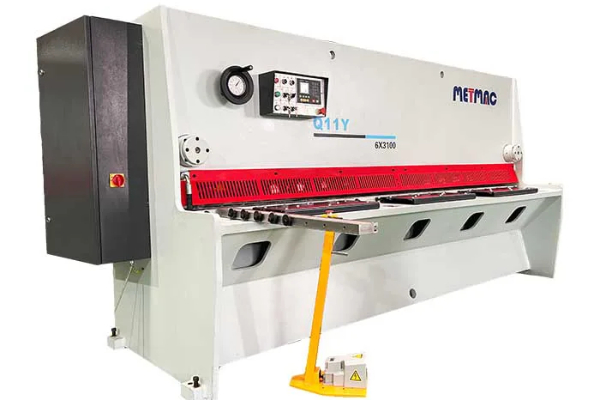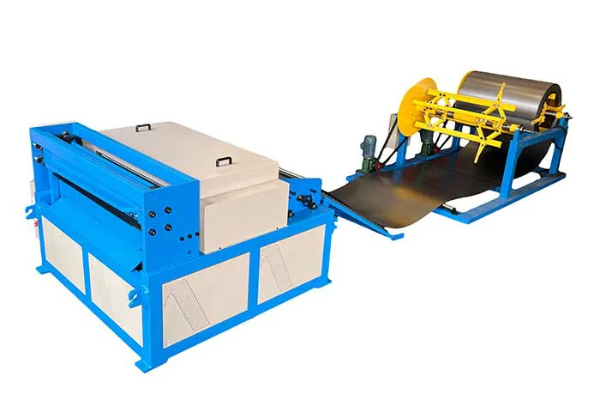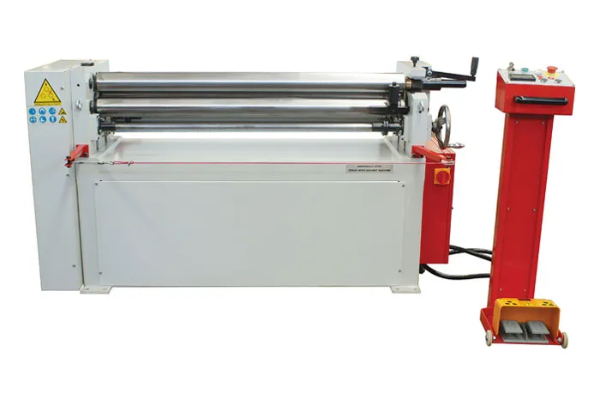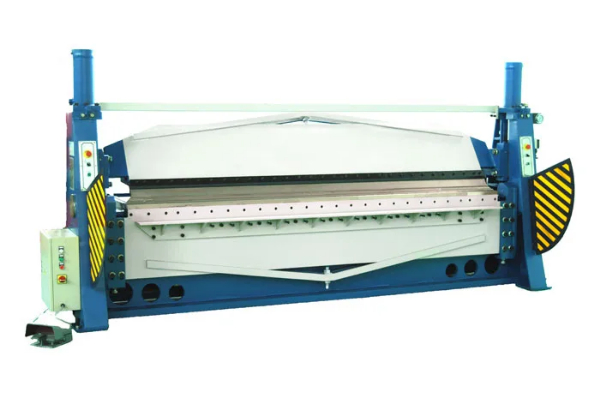
Comparing Manual and Automatic Sheet Bending Machines
- By:Metmac
- 2024-08-26
- 89
In the realm of metalworking, sheet bending machines play a pivotal role in transforming flat sheets into intricate shapes and parts. These machines come in two primary configurations: manual and automatic, each offering distinct advantages and suitability for various applications. This article provides a comprehensive comparison of manual and automatic sheet bending machines, encompassing their operational mechanics, capabilities, efficiency, and cost implications.
Operation and Mechanics
Manual sheet bending machines are operated by hand, using levers and clamps to apply force and bend the sheet metal. The operator has complete control over the bending process, allowing for precise adjustments and the ability to handle intricate shapes. Automatic sheet bending machines, on the other hand, are computer-controlled and follow pre-programmed instructions. They employ hydraulic or servo-electric actuators to automate the bending process, ensuring consistent and highly accurate results.
Capabilities and Versatility
Manual sheet bending machines are well-suited for small-scale operations, prototype development, and low-volume production. They offer greater flexibility in terms of bending angles, allowing for customized bends and complex geometries. Automatic sheet bending machines excel in high-volume production environments, where speed, accuracy, and repeatability are paramount. They can handle a wider range of material thicknesses and sizes, enabling the mass production of uniform and precise bends.
Efficiency and Productivity
Manual sheet bending machines require skilled operators who can accurately control the force and bending angle. This process can be time-consuming and labor-intensive, especially for high-volume production. Automatic sheet bending machines, with their automated operation, significantly increase efficiency and productivity. They can perform repetitive bends at a consistent rate and accuracy, reducing production time and minimizing errors.
Cost and ROI
Manual sheet bending machines are generally more affordable than automatic machines, making them a suitable option for small businesses and workshops. However, their lower productivity and need for skilled labor can result in higher operating costs in the long run. Automatic sheet bending machines, while requiring a higher initial investment, offer a higher return on investment by delivering increased production output, improved quality, and reduced labor costs.
Conclusion
The choice between manual and automatic sheet bending machines depends on the specific requirements of the application. For low-volume production, prototype development, and intricate bends, manual machines provide greater flexibility and customization. For high-volume production, accuracy, and efficiency, automatic machines are the ideal solution. Understanding the distinct characteristics and advantages of both types of machines enables manufacturers to make informed decisions and optimize their sheet metal bending operations.
-
The Advantages of Using a Sheet Roll Forming Machine in Manufacturing
2024/09/14 -
How to Optimize Your Laser Sheet Cutting Machine for Maximum Performance
2024/09/12 -
How to Maximize Efficiency with Modern Sheet Metal Working Machines
2024/09/04 -
The Environmental Benefits of Using Duct Board Grooving Machines
2024/09/03
-
Boost Your Productivity with Advanced Sheet Metal Machinery Solutions
2025/05/31 -
Precision Sheet Bending and Cutting Machines for Superior Metal Fabrication
2025/05/31 -
Experience Superior Control with Modern Sheet Metal Bending Solutions
2025/05/31 -
Efficient Sheet Metal Machinery: Rolling, Punching, and Laser Cutting Technologies Explained
2025/05/20
-
A Guide to the Latest Innovations in Sheet Metal Folding Machines
2024/11/29 -
Key Features to Consider When Investing in a Sheet Metal Folding Machine
2024/11/28 -
Enhancing Precision with Advanced Sheet Metal Folding Machines
2024/11/27 -
How to Choose the Right Sheet Metal Folding Machine for Your Workshop
2024/11/26



